What is Lumenis OptiLight IPL?
What does the Lumenis OptiLight do?
OptiLight is a light based therapy that addresses dry eye at the root cause. There are several factors that can cause underlying inflammation in the eyelids that lead to chronic dry eye disease including telangiectasia, demodex and other pro-inflammatory agents. With serial session of OptiLight treatments, the device can eliminate the small dilated blood vessels (telangiectasia) that sit along the lid margin that leak inflammatory mediators that drive the viscous chronic inflammation cycle of dry eye. It can also decrease the amount of demodex mites within the eyelids that can cause infections and release of toxins.
Optilight studies have shown that it can boost the Tear Break up Time or tear film stability by improving meibomian gland secretion quality and expressibility as well as decrease ocular surface inflammation. OptiLight treatments can improve the morphology and function of the meibomian glands.
Is Lumenis’ OptiLight FDA-approved?
Yes, Lumenis OptiLight is the first and only IPL FDA approved for the management of dry eye disease. OptiLight uses Lumenis’ patented Optimal Pulse Technology (OPT™) for a safe, precise, and effective treatment, clinically supported by over 40 clinical studies.
Who is a Candidate?
Patients may be diagnosed with dry eye disease on their routine eye exam appointment and be recommended this treatment. Patients who seek refractive or cataract surgery can also have OptiLight done prior or post treatment to alleviate their dry eye irritation. Ask the doctor about OptiLight if you have any of these conditions below:
Meibomian gland dysfunction
Ocular rosacea
Demodex infestation
Blepharitis
Chronic dry eye where lubricating and medicated eye drops did not help
Symptoms of sandy-grittiness, fluctuating vision, eye redness, teary or watery eyes
History of styes and chalazions
What is dry eye?
Dry eye is a common condition that affects countless individuals, causing discomfort and irritation in the eyes. It occurs when the eyes fail to produce enough tears or when the tears evaporate too quickly. This can be caused by various factors, such as aging, hormonal changes, environmental conditions, or certain medications. Symptoms of dry eye may include a persistent dry sensation, redness, itchiness, blurred vision, and even excessive tearing as the eyes try to compensate for the lack of proper lubrication. Fortunately, there are numerous treatment options available to alleviate the discomfort associated with dry eye ranging from artificial tears and lubricating eye drops to lifestyle changes and advanced therapeutic methods such as the OptiLight or ILux2. Seeking professional advice from optometrists can greatly help in managing and providing relief for this bothersome condition. If you have any dry eye symptoms, ask your optometrist about OptiLight at your routine annual or medical visit to see if it may help you.
Author: Josephine Ko, OD, FAAO
References
Liu et al. (2017), Am J Ophthalmol 183-190; 2. Yin et al. (2018), Curr Eye Res 43(3):308-313; 3. Kassir et al. (2011), J Cosmet Laser Ther 13(5):216-322; 4. Papageorgiou et al. (2008), Br J Dermatol 159(3):628-632; 5. Prieto et al. (2002), Lasers Surg Med 30(2):82-85; 6. Dell et al. (2017) Clin Ophthalmol 11:817-827; 7. Toyos & Briscoe (2016), J Clin Exp Ophthamol 7:6.
Albietz JM, Schmid KL. Intense pulsed light treatment and meibomian gland expression for moderate to advanced meibomian gland dysfunction. Clin Exp Optom. 2018 Jan;101(1):23-33. doi: 10.1111/cxo.12541. Epub 2017 Jun 6. PMID: 28585267.
Yin Y, Liu N, Gong L, Song N. Changes in the Meibomian Gland After Exposure to Intense Pulsed Light in Meibomian Gland Dysfunction (MGD) Patients. Curr Eye Res. 2018 Mar;43(3):308-313. doi: 10.1080/02713683.2017.1406525. Epub 2017 Dec 4. PMID: 29199865.





